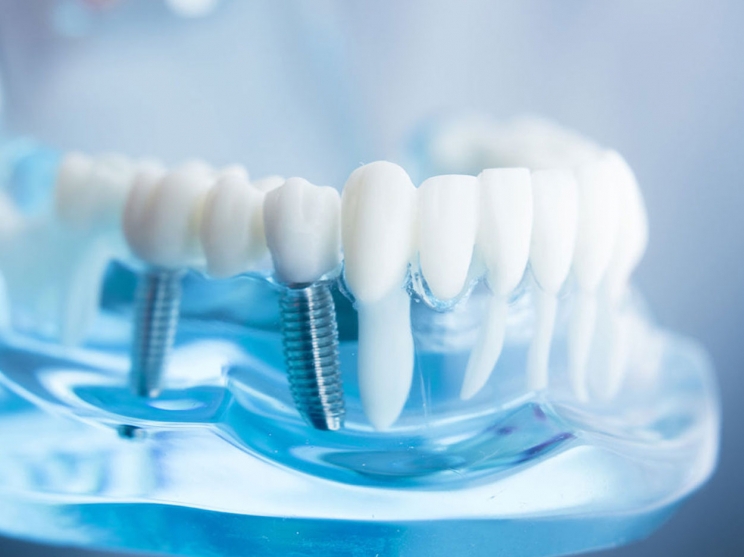
Presented here are 3 outstanding teaching articles that will help our readers understand the most innovative treatment modalities available to all dentists.
Early in my career, my mentor always promoted, “visualizing the case finished before you ever start.” This is a wonderful concept but took years of experience to become proficient. Taking a “tooth up or down” approach to implant dentistry is most critical. The days of placing implants in available bone and having the patient accept whatever final prosthetic result that could be achieved are no longer acceptable to many paying customers. Our patients expect to be educated on the process. Communication is the key to clinical success, as the more the individual understands about the procedure and the final result, the more positive that result will be. Understanding the anatomic pitfalls and aesthetic complications with implant dentistry cannot be trivialized. Digital diagnosing, treatment planning, and clinical applications are now achievable with our modern technology.
In his article, “Digital Clinical Laboratory Workflow for Full-Arch Implantolgy,” Dr. Michael Scherer precisely describes the techniques used to achieve a high level of prosthetic design, all done prior to any surgical intervention. From 3D printing to surgical guides to digital impressions, the protocols are concisely followed.
Dr. Angel-Orion Salgado-Peralvo and team present their article, “Metal-Free, Implant-Supported Full-Arch Rehabilitation.” This case report discusses the fabrication of a prosthesis with an innovative biopolymer material reinforced with glass fibers. Again, demonstration of ideal form and function precedes the surgical placement of implants.
Finally, our third submission from Drs. Sean Meitner and Gregori Kurtzman, “Simplifying Implant Placement in the Maxilla Anterior,” details ideal placement of dental implants using an in-office guide worn during the CBCT scan. The authors’ use of this cost-saving surgical guide is another tool that could be considered by the practitioner to better surgically place dental implants, reducing clinical error.
All 3 articles are interesting reads which should help us understand the importance of predictable and concise implant placement using technology and the fabrication of prostheses that provide a long-term solution for our dental patients.










